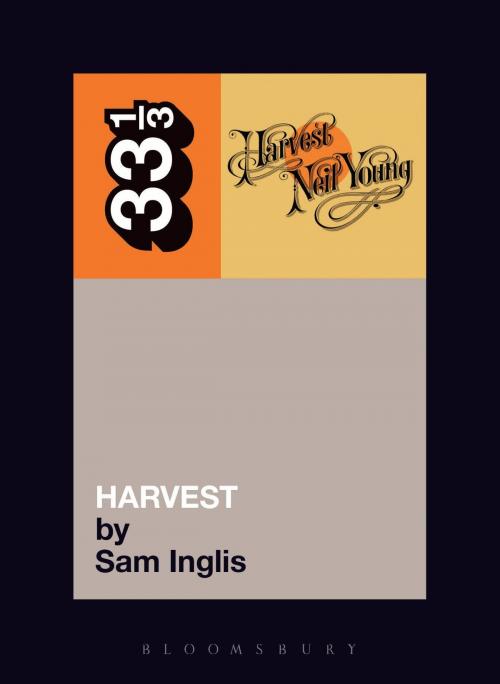Neil Young's Harvest
Nonfiction, Social & Cultural Studies, Social Science, Cultural Studies, Popular Culture| Author: | Sam Inglis | ISBN: | 9781441188960 |
| Publisher: | Bloomsbury Publishing | Publication: | September 17, 2003 |
| Imprint: | Continuum | Language: | English |
| Author: | Sam Inglis |
| ISBN: | 9781441188960 |
| Publisher: | Bloomsbury Publishing |
| Publication: | September 17, 2003 |
| Imprint: | Continuum |
| Language: | English |
Neil Young's Harvest is one of those strange albums that has achieved lasting success without ever winning the full approval of rock critics or hardcore fans. Even Young himself has been equivocal, describing it in one breath as his "finest" album, dismissing it in the next as an MOR aberration. Here, Sam Inglis explores the circumstances of the album's creation and asks who got it right: the critics, or the millions who have bought Harvest in the 30 years since its release?
Excerpt
The White Falcon's split pickup might have been just a gimmick from the early days of stereo, but the way Neil Young uses it on 'Alabama' is remarkable. His muted picking brings stabbing notes first from one speaker, then the other, as though we were hearing not one but two guitarists, playing with an unnatural empathy. The electric guitar has seldom sounded so menacing, and Young's growling rhythm and piercing lead notes are tracked perfectly by Kenny Buttrey's bare-bones drumming. The build to the chorus is beautifully judged, and when Young and his celebrity backing singers let rip, there's an almost physical sense of release.
Neil Young's Harvest is one of those strange albums that has achieved lasting success without ever winning the full approval of rock critics or hardcore fans. Even Young himself has been equivocal, describing it in one breath as his "finest" album, dismissing it in the next as an MOR aberration. Here, Sam Inglis explores the circumstances of the album's creation and asks who got it right: the critics, or the millions who have bought Harvest in the 30 years since its release?
Excerpt
The White Falcon's split pickup might have been just a gimmick from the early days of stereo, but the way Neil Young uses it on 'Alabama' is remarkable. His muted picking brings stabbing notes first from one speaker, then the other, as though we were hearing not one but two guitarists, playing with an unnatural empathy. The electric guitar has seldom sounded so menacing, and Young's growling rhythm and piercing lead notes are tracked perfectly by Kenny Buttrey's bare-bones drumming. The build to the chorus is beautifully judged, and when Young and his celebrity backing singers let rip, there's an almost physical sense of release.















